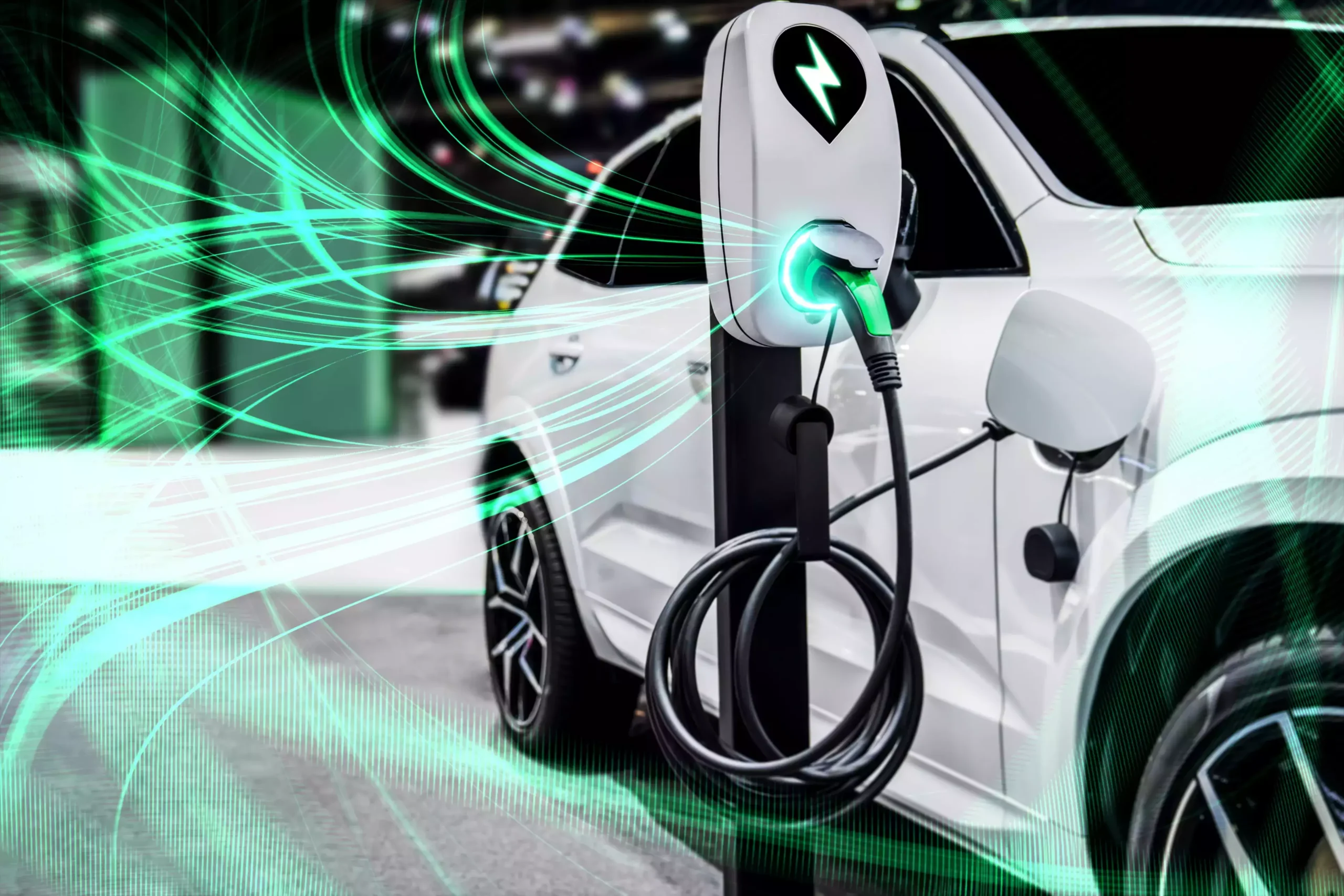Electric SUVs – A Growing Trend in Sustainable Transportation

Recent research shows that California EV adoption has resulted in significantly improved air quality, saving residents an estimated $12.6 billion in health-care costs. These benefits are especially significant for low-income communities which often reside near freight hubs and high traffic corridors.
This five-seat EV SUV provides a driving range of 247 miles and boasts an accelerated 0 to 60 time, as well as support for DC Fast charging.
1. Reduced Carbon Footprint
From the 2024 Honda Prologue to the GMC Blazer EV, electric SUVs provide remarkable range and functionality. Crafted for adventure, the Prologue boasts an estimated 393 miles of range while its spacious interior can seat seven passengers comfortably.
Electric cars tend to produce lower emissions than gasoline cars when considering both energy use for charging them as well as their energy source for charging (using renewables generates zero carbon emissions; regular electricity charges would create around 40gCO2/km of emissions).
However, demand for larger and more capable electric vehicles could pose a risk to sustainable transportation. Larger EVs require larger batteries which increases production costs as well as dependence on rare and costly metals like cobalt and lithium. A better solution may be hybrid electric cars which switch between internal combustion driving and electric driving to minimize resource use while maximize benefits.
2. Lower Noise Levels
Many view electric cars as beneficial developments for our environment, yet it is essential to remember that quieter vehicles may also pose hazards to pedestrians – particularly the visually impaired who rely on sound for vehicle speeds and distance calculations. As a result, manufacturers have often added artificial engine sounds in order to comply with federal safety regulations.
According to a study released by the National Federation of the Blind (NFB), noise can lead blind pedestrians to misjudge an electric vehicle’s speed and proximity, increasing risk of injury. Although this research involved only a limited sample size, its findings generated widespread media coverage as well as controversy among sight impaired advocates.
Though electric vehicles may pose some concerns when compared to their combustion engine counterparts, they’re generally much quieter. Though you may hear some sounds coming from tires or wind when traveling at low speeds, most often all you hear is a barely audible hum. Therefore it is imperative for pedestrians to listen carefully before crossing streets.
3. Better Fuel Economy
Transportation accounts for much of air pollution and greenhouse gas emissions, yet electric vehicles offer an effective solution. Models like the 2023 Hyundai Santa Fe Hybrid offer better fuel economy than their gasoline-only SUV counterparts; more hybrid options can also help drivers to lower their carbon footprint.
Drivers looking for something else than gas-powered vehicles have other options as well; such as the midsized Polestar 3 SUV which boasts over 200 miles of EPA-rated range per charge.
Drivers looking to cover even greater distance can opt for a plug-in hybrid model like the Toyota RAV4 Prime or Kia Sorento Plug-in Hybrid, both featuring gas engines as a backup acceleration source while covering several more miles on electricity than their smaller battery-only counterparts. This enables drivers to only burn gas when travelling long distances – saving both money and emissions!
4. Lower Maintenance Costs
Electric SUVs generally require less maintenance and servicing than their gasoline-powered counterparts due to the greater proportion of energy from the battery that is converted to power the wheels, meaning fewer moving parts. Furthermore, an EV’s battery charge lasts longer on one charge than comparable SUVs powered by gasoline engines.
Not only can electric vehicles offer lower operating costs and fuel savings than their traditional counterparts, but many governments and localities also provide tax credits or incentives for purchasing one – making them even more financially advantageous than before! Furthermore, owners of EVs may save on fuel expenses since no regular stops at gas stations are necessary.
Some of the top electric SUVs on the market can currently be found from various automakers. Examples include BMW’s iX, which boasts an exceptional interior and performs just as well as traditional SUVs; Rivian R1S as an example of futuristic vehicle that combines style, functionality and performance; 2024 Chevrolet Equinox EV boasting impressive active safety and comfort amenities with five or seven seat configuration options and up to 369 miles per charge range;
5. More Comfort
The best EV SUVs offer all of the comforts of conventional vehicles while providing additional range and technological features. For instance, Nissan Ariya provides seating for seven and has various battery sizes with estimated ranges up to 300 miles (483 kilometers). Meanwhile Ford Mustang Mach-E provides sports car performance while being eco-friendly as it features cutting edge driver assistance technologies designed to protect pedestrians and cyclists when approaching.
Electric vehicles (EVs) use electricity instead of gasoline to power their wheels, and have fewer moving parts than gas-powered vehicles – this allows maintenance costs and repair bills to decrease significantly over time. Furthermore, many governments provide tax incentives which make EVs more cost-effective options for many consumers.






